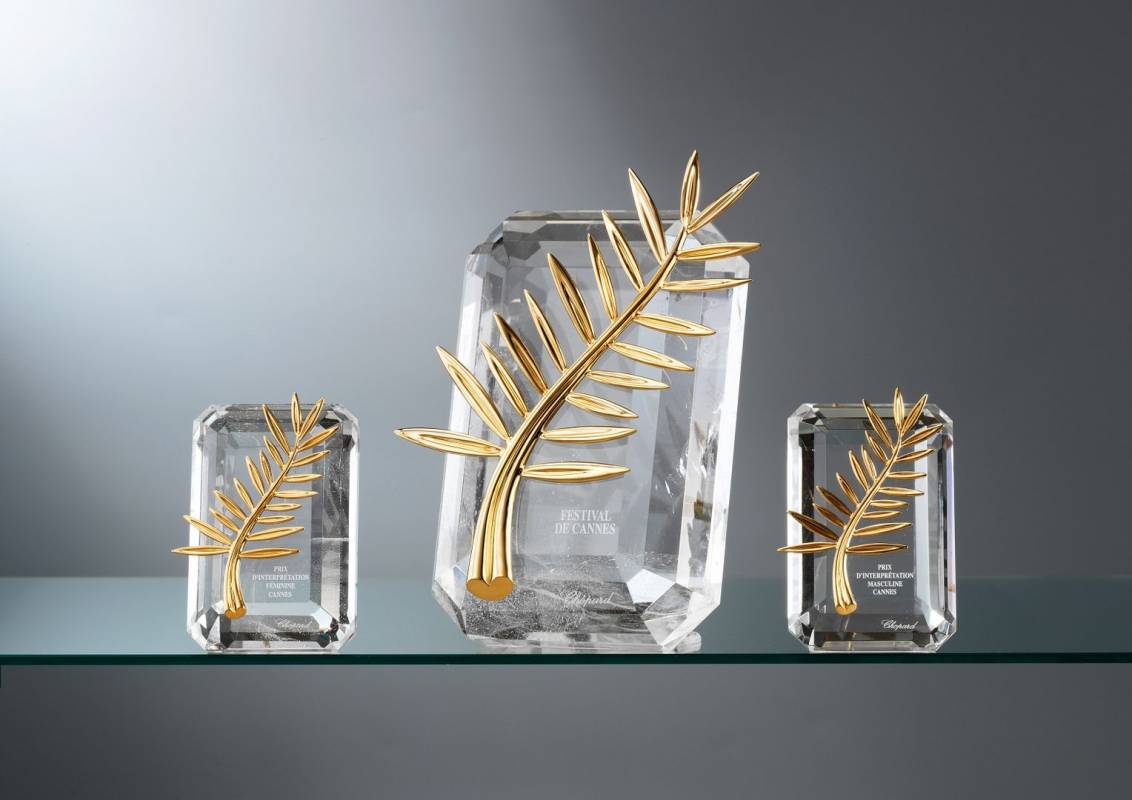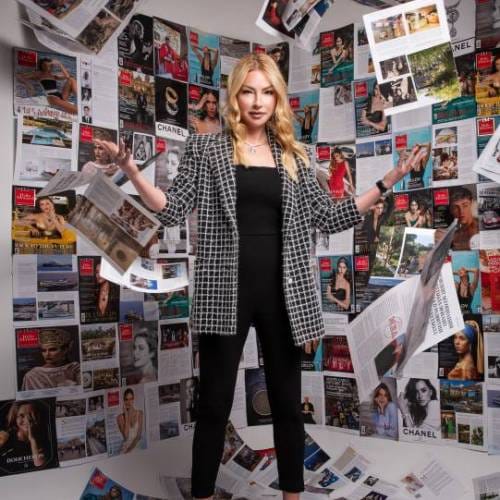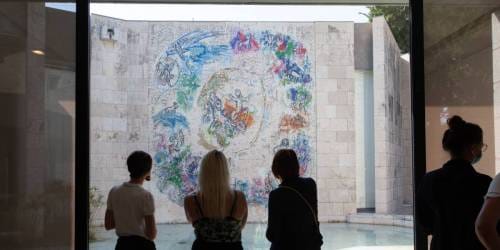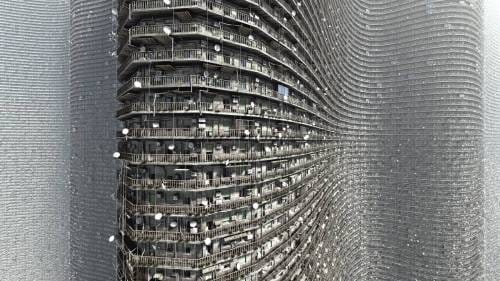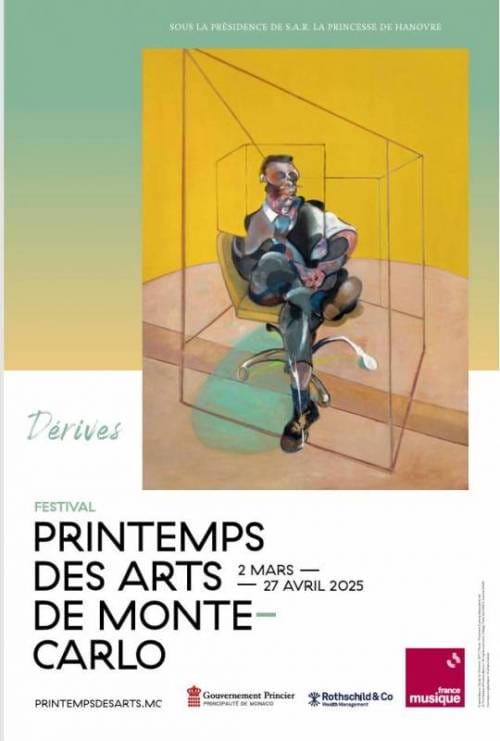«A festival is a neutral territory outside of politics, it is a microcosm representing our world the way it would be if people could communicate with each other without intermediaries and speak the same language». Jean Cocteau
The main objective of the Cannes Film Festival has always been attracting public attention to the works of French and international filmmakers, raising the prestige of their films and promoting the film industry all over the world. All its participants have remained true to this idea ever since the first festival in 1946, in a small French seaside town. Since then, Cannes has become an international luxury destination, marked by the glamorous film festival, which attracting the top film stars from across the globe. The festival has been a favourite venue not only for industry professionals, but also for film-lovers and those interested in the lives of their favourite film stars.
This year, the International Cannes Film Festival opened on May 14 with the award ceremony on May 25. Awards are decided by a jury of industry professionals.
The history of the Cannes Festival is rich in interesting facts. Here are some of the lesser known tidbits to impress your friends with:
1. Woody Allen has never taken part in the competition for the Palme d’Or. He has long said that he would only fight for the prize if all the directors make films on the same topic. Nevertheless, his films have repeatedly opened the Cannes Festival.
2. In 1983, photographers refused to shoot Isabelle Adjani on the red carpet. The French actress neglected the press conference and the photo call, which they found offensive. Paul Newman had the same experience in 1975.
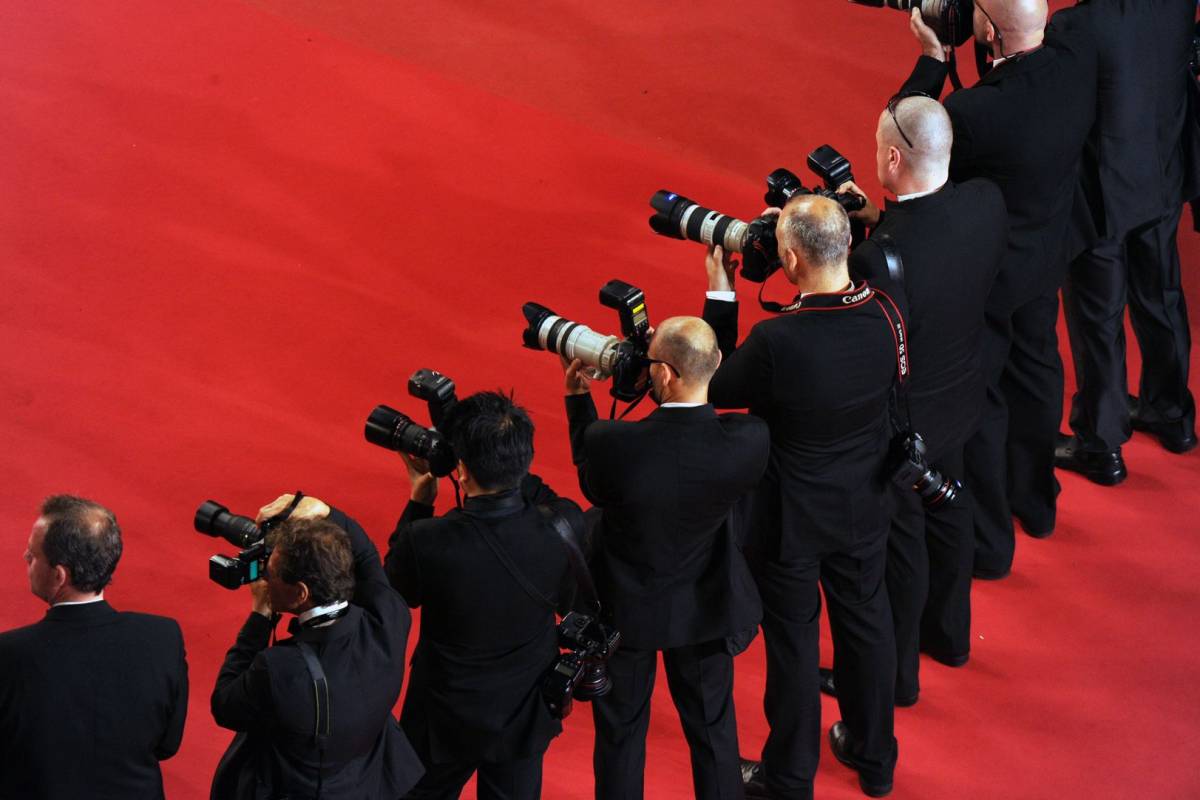
3. From 1946 to 1959, the jury of the Cannes Festival was only chaired by Frenchmen. In 1960, however, Belgian Georges Simenon broke the trend. Two years ago, an Australian, George Miller, became the jury chairman for the first time in the Cannes Festival history.
4. Ever since mid-1990s, the jury meetings have been held at the Domergue Villa, in the California quarter. Modelled after a Florentine palace, the mansion was designed by Jean-Gabriel Domergue in the 1930s and is open to public.
5. The Cannes Film Festival has been a setting in about 12 films. Among them «Any Number Can Win (Melodie en sous-sol)» by Henri Verney, «What Just Happened» by Barry Levinson and «Femme Fatale» by Brian de Palma. Mr. Bean has also used the Cannes festival in the second series of his adventures.
6. The first Cannes Festival poster was designed by Toulouse-Lautrec’s cousin, Jean-Gabriel Domergue. He made it for 1939, but that festival was cancelled due to World War II breaking out.
7. The idea of the Cannes Festival belongs to the French Association of Artistic Action Director (AFAA), Philippe Erlanger and the film critics, Emile Vuillermoz and Rene Jeanne.
8. The legendary 24 steps walked by the world’s top celebrities requires 60 metres of carpet, changed three times a day for the duration of the film festival.
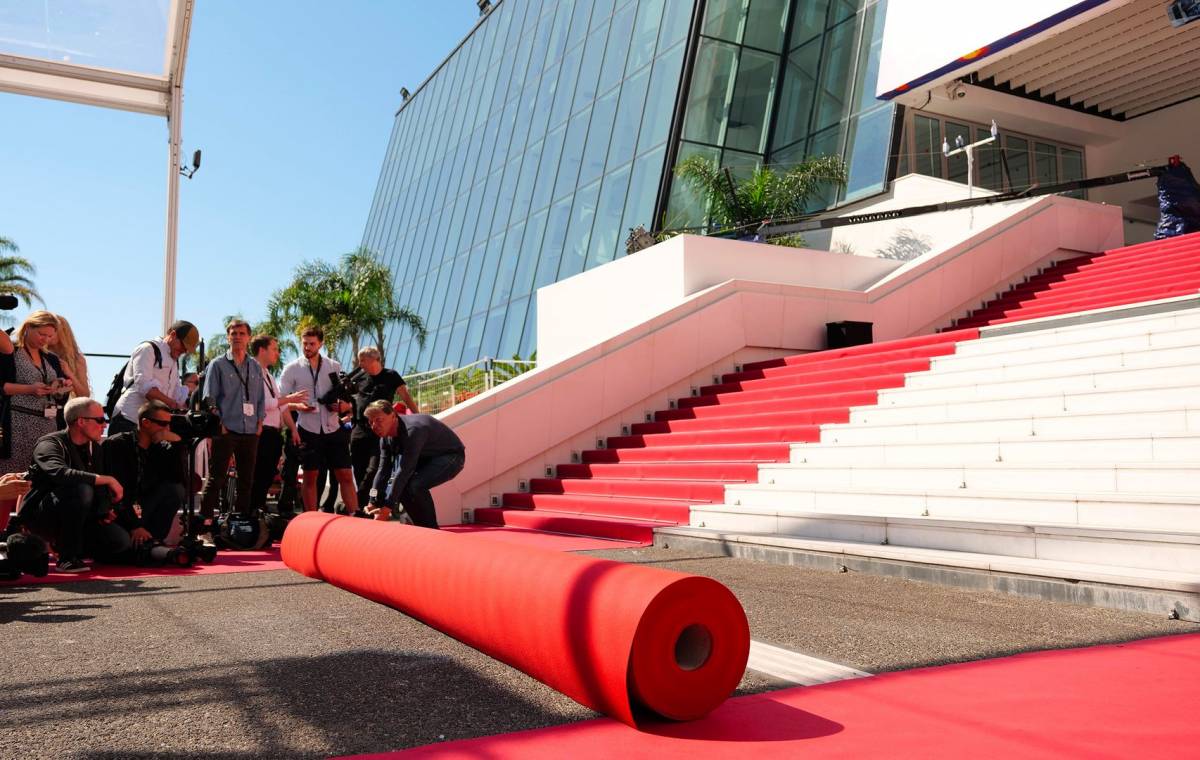
9. The host of the Cannes Film Festival is nominated by the France’s Canal+ alongside the festival director Thierry Fremaux and event director, Pierre Lescure.
10. The Palme d’Or, or Golden Palm, was created in 1955. The Festival organizers asked jewelers to compete for the creation of the trophy. Lucienne Lazon’s design was chosen. Since 1997, Swiss company Chopard has been in charge of manufacturing the award.
11. The regular population of Cannes is about 73.700 inhabitants, but it swells to over 200.000 people during the festival.
12. The price of the Golden Palm branch is about 20.000 Euros. It is made of 18-carat gold. Each year, two reserve awards are made in the event of two winners or an accident.
